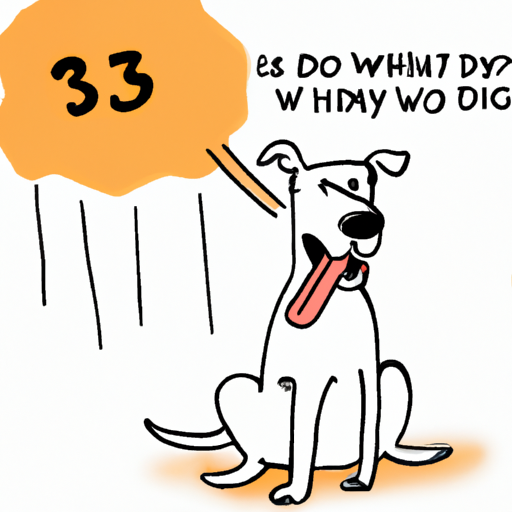As a caregiver to a canine companion, you may often wonder about certain behaviors your pet exhibits – barking at seemingly nothing, chasing their own tail, and yes, panting excessively. This guide is here to help you understand why dogs pant, so you can better care for your furry friend.
Understanding Dog Panting
First off, it’s essential for you to know that panting is normal behavior for a dog. Unlike humans, dogs don’t sweat through their skin; instead, they cool down by panting.
-
Heat Regulation: Dogs pant to cool down. When they pant, they evaporate moisture from their tongues, nasal passages, and the lining of their lungs, cooling themselves down in the process.
-
Excitement or Stress: Dogs also pant when they’re excited, stressed, or anxious. If your dog starts panting during a thunderstorm, it could be because they’re scared.
Remember, context is key. If it’s a hot day, or your dog has been exercising, panting is perfectly normal. However, excessive panting could indicate a problem.
When Panting Becomes a Problem
While panting is a normal part of being a dog, excessive panting can be an indication of underlying health issues.
-
Heatstroke: Dogs can suffer from heatstroke, just like humans. One of the first signs of heatstroke in dogs is excessive panting.
-
Pain or Discomfort: If your dog is panting excessively and seems uncomfortable, they could be in pain.
-
Heart Problems: Heart diseases can cause dogs to pant excessively.
-
Cushing’s Disease: This is a condition caused by an excess of the hormone cortisol. One of the symptoms is excessive panting.
How To Handle Excessive Panting
If you’ve noticed that your dog is panting excessively, there are several steps you can take.
-
Visit the Vet: Your first step should always be to consult with a professional.
-
Keep Them Cool: On hot days, make sure your dog has a cool place to rest and plenty of water to drink.
-
Prevent Obesity: Overweight dogs are more likely to pant excessively.
-
Reduce Stress: If your dog’s panting is stress-related, try to eliminate the source of stress if possible.
How To Prevent Heatstroke in Dogs
Preventing heatstroke in dogs is crucial, especially during the warmer months.
| Do’s | Don’ts |
|---|---|
| Do provide plenty of water | Don’t leave your dog in a hot car |
| Do provide shady areas for rest | Don’t exercise your dog during peak heat hours |
| Do use cooling mats or fans | Don’t ignore signs of heatstroke |
Frequently Asked Questions
Q: Is panting normal for dogs?
A: Yes, panting is normal for dogs and is their primary way of cooling down.
Q: When should I be concerned about my dog panting?
A: If your dog’s panting is excessive, seems labored, or is accompanied by other symptoms such as vomiting or lethargy, you should consult your vet.
Q: Can panting be a sign of pain in dogs?
A: Yes, excessive panting can be a sign of discomfort or pain in dogs.
Q: Can I do anything to help my dog pant less?
A: Keeping your dog cool, hydrated, and at a healthy weight can help to reduce excessive panting.
Remember, as a caregiver, the well-being of your pet is in your hands. Observing and understanding their behavior is the first step towards ensuring they live a healthy and happy life. If you’re ever in doubt about your dog’s panting or any other behavior, always consult with a professional.



